Navigating international logistics can be complex, especially when choosing the right facility for your imported goods. Understanding options like a CFS, CY, FTZ, or Bonded Warehouse is crucial for optimizing your supply chain. This guide will explore these key import facility options, helping businesses make informed decisions to enhance efficiency and compliance. Let’s delve into what each offers and how to pick the best fit for your operations.
What Are Your Import Facility Options?
When planning your international logistics and supply chain, understanding your import facility options is crucial for optimizing costs, compliance, and operational efficiency. The four most important facility types in global trade are CFS (Container Freight Station), CY (Container Yard), FTZ (Foreign Trade Zone), and Bonded Warehouse. Each facility serves different needs and offers unique advantages for shipments of all sizes.
CFS – Container Freight Station
A Container Freight Station (CFS) is a logistics facility where small shipments from various importers or exporters are consolidated (grouped) or deconsolidated before or after international shipping. CFS operations focus on handling LCL (Less than Container Load) cargos—making them ideal when you do not have enough goods to fill an entire container yourself.
At a CFS, freight is packaged, inspected, and cleared by customs when required. These stations are found both inside ports and inland near logistic hubs, facilitating distribution and pickup.
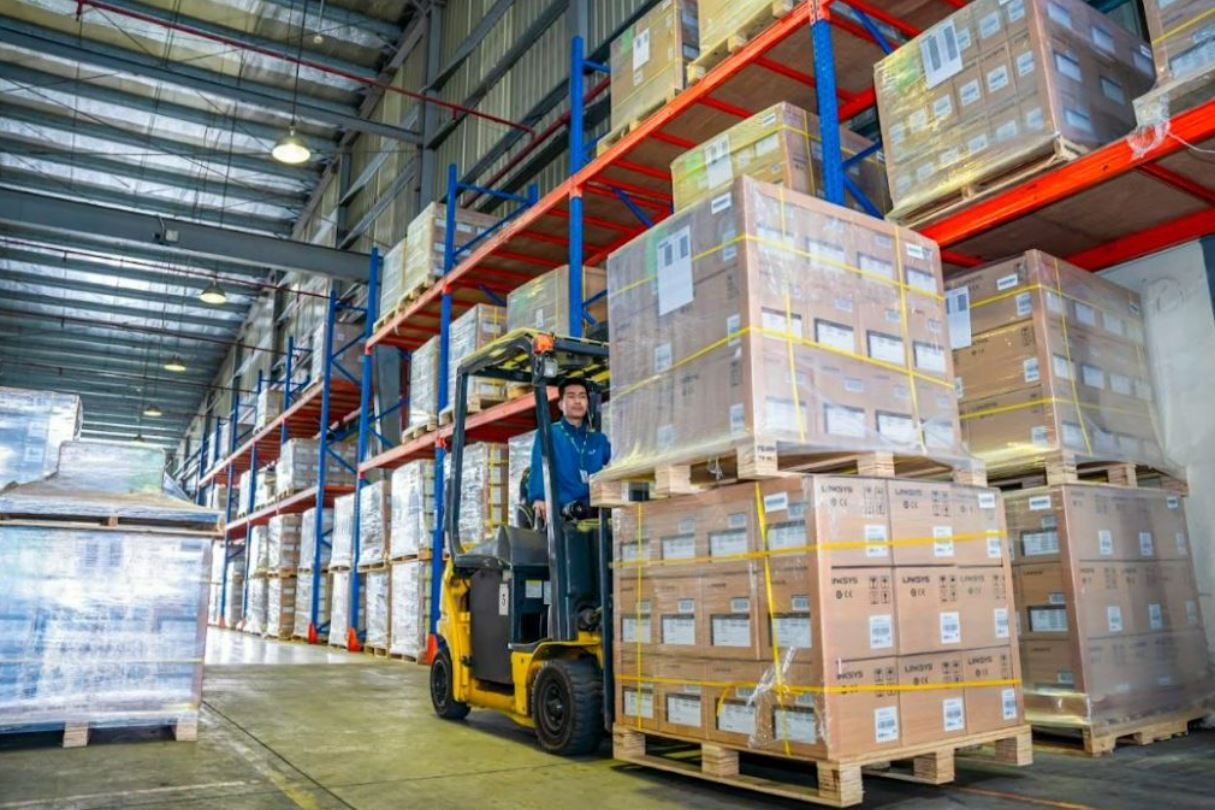
CY – Container Yard
A Container Yard (CY) refers to a secure outdoor area within a port, terminal, or dry port, primarily for storing full containers (FCL – Full Container Load) before shipment or after arrival. CYs act as “parking lots” for containers, equipped with large cranes and specialized handling equipment for stacking and moving heavy cargo. These yards are critical for vessel and truck turnaround efficiency and are a main point of transfer between ship, rail, and truck movements.
Bonded Warehouse
A Bonded Warehouse is a secure customs-controlled facility where imported goods can be stored, manipulated, or even undergo minor processing before customs duties are paid. Bonded warehouses allow businesses to defer or entirely avoid duty payments if the goods are exported again. Storage in a bonded warehouse is critical for importers needing extended inventory periods, regulatory compliance, or specialized storage services like cold storage or bulk liquids.
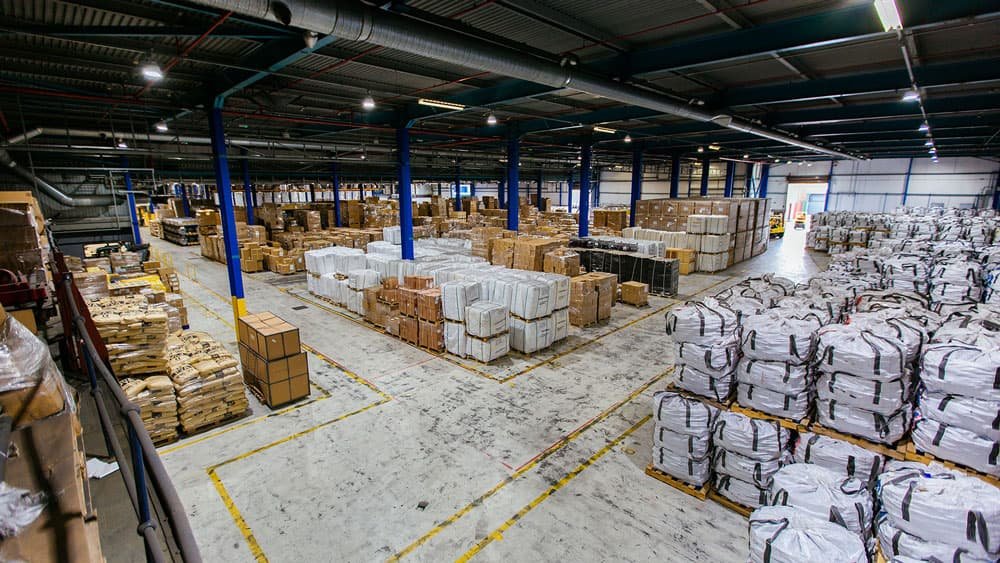
FTZ – Foreign Trade Zone
A Foreign Trade Zone (FTZ) is a government-approved area, typically at or near a customs port, considered to be “outside” standard customs territory. Merchandise imported into an FTZ is not subject to traditional import duties until it formally enters the local market. FTZs are designed to promote international competitiveness, support duty deferral or elimination, and offer additional services such as assembly, manufacturing (with special approval), and redistribution—all while reducing paperwork and accelerating supply chain flows.
CFS, CY, FTZ, and Bonded Warehouse: Key Differences
Below is a comprehensive table summarizing the main functions, typical use cases, and key pros & cons of each facility, assisting you in determining which fits your supply chain requirements.
| Facility Type | Core Functions | Typical Use Cases | Pros | Cons |
| CFS | Cargo consolidation/deconsolidation, LCL handling, customs clearance, packing, inspection | – Grouping/distributing LCL shipments – Import/export of small consignments |
– Cost-effective for LCL cargo – Flexible cut-offs – Detailed customs support |
– Not suitable for FCL – May add handling time |
| CY | Container storage, intermodal transfer, container maintenance | – Temporary storage of FCL – Staging before/after vessel, train, or truck |
– Efficient for FCL and intermodal transfers – Reduces port congestion – Fast loading/unloading |
– No value-added services – Suited only for full containers |
| Bonded Warehouse | Secure storage, customs duty deferral, manipulation (sorting, repacking), specialized storage (e.g., cold chain, liquids) | – Deferred duty on imports – Long-term storage – Value-added services |
– Defers or eliminates import duties – High inventory control/traceability – Manipulation permitted (with customs approval) – Secure, compliant |
– Extra documentation – Customs supervision required – Storage cost can be higher than standard warehouses |
| FTZ | Duty-free storage, manufacturing (with approval), assembly, repackaging, distribution | – Duty deferral/elimination – Export processing? – Manufacturing/assembly |
– Full customs duty relief on exports – Lower or no taxes on re-exported goods – Streamlined customs/paperwork – Inventory tax exemptions |
– Requires FTZ Board approval for manufacturing – Complex compliance – Application/setup process can be lengthy |
When to Use: CFS, CY, FTZ, and Bonded Warehouse
Choosing the right import facility depends on your freight profile, regulatory needs, and business objectives.
Use CFS When…
- Shipping or receiving LCL (Less than Container Load) consignments.
- You want to consolidate small shipments for cost savings.
- Your supply chain requires flexibility with pickup and delivery—CFSs typically have extended cut-off windows.
- Customs inspection, packing, or special handling is required for grouped goods.
Use CY When…
- You consistently ship or receive FCL (Full Container Load) shipments.
- Containerized cargo needs to be temporarily staged before vessel loading or after arrival.
- You need efficient intermodal transfer between ships, trucks, and trains.
- Minimal value-added handling is required—CY is primarily for storage, not for consolidation or detailed processing.
Use a Bonded Warehouse When…
- You are importing goods but want to defer payment of duties and taxes until they are sold or released.
- Inventory needs to be stored for an extended period under customs supervision (e.g., for seasonal storage or long lead times).
- Value-added services such as repacking, inspection, or minor processing are required prior to duty payment.
- Security, inventory traceability, and compliance are critical to your business (especially for restricted/regulated goods).
Use an FTZ When…
- Your company imports inputs for manufacturing, assembly, or processing, and seeks to defer or eliminate duties.
- Finished products are mostly re-exported, resulting in substantial duty savings.
- You prefer streamlined customs procedures, reduced paperwork, and inventory tax exemptions.
- You want to optimize operations for international competitiveness and leverage advanced logistics services.

Costs, Risks, and Documentation
When selecting an import facility such as a CFS, CY, FTZ, or Bonded Warehouse, it is vital to understand the associated costs, risks, and documentation requirements. Each option carries different fee structures related to storage, handling, customs clearance, and compliance.
Cost Considerations
- CFS: Cost-effective for LCL cargo but may incur handling and storage fees for each consolidation/deconsolidation transaction.
- CY: Lower operational costs for FCL containers, but storage fees accrue the longer containers remain in the yard.
- Bonded Warehouse: Storage costs are often higher due to security and customs requirements, but duties/taxes are deferred.
- FTZ: Initial application and compliance costs are higher, but potential savings are significant for large or high-value operations by deferring or eliminating duties
Documentation Requirements
- CFS: Import/export documentation, cargo manifests, packing lists, and customs declaration for each LCL shipment.
- CY: Container status records, FCL shipping documents, interchange receipts, and port entry/exit documentation.
- Bonded Warehouse: Customs bonding application, warehouse entry and withdrawal forms, inventory records, periodic customs audits, payment documents for release.
- FTZ: FTZ activation approval, admission documents, production authority (if manufacturing), inventory tracking, audit-ready compliance files.
Risk Factors & Common Pitfalls
- CFS: Risk of delays from cargo consolidation, misrouting, or customs holds for grouped cargo.
- CY: Storage congestion during busy seasons, demurrage or detention charges for overstays.
- Bonded Warehouse: Complex customs compliance; risk of fines for improper documentation or late payment of duties.
- FTZ: Intense compliance requirements and audits; failure to observe proper controls can result in fines or zone suspension.

How to Choose the Right Facility for Your Business
To make a well-informed decision, you need to evaluate several key factors such as shipment type, volume, handling requirements, and regulatory considerations.
Evaluation Criteria
When choosing between CFS, CY, FTZ, and Bonded Warehouse, assess your shipment profile—determine if your cargo is mostly full container loads (FCL) or less-than-container loads (LCL). Consider the frequency and volume of imports, and whether you need value-added services like repacking or inspection. Evaluate your requirements for customs duty deferral and typical storage duration.
Also, consider your capacity for managing customs compliance, as FTZs and bonded warehouses require stricter documentation. Factor in geographic location, delivery speed, and budget constraints. A thorough assessment of these criteria will help you select the right import facility for your needs.
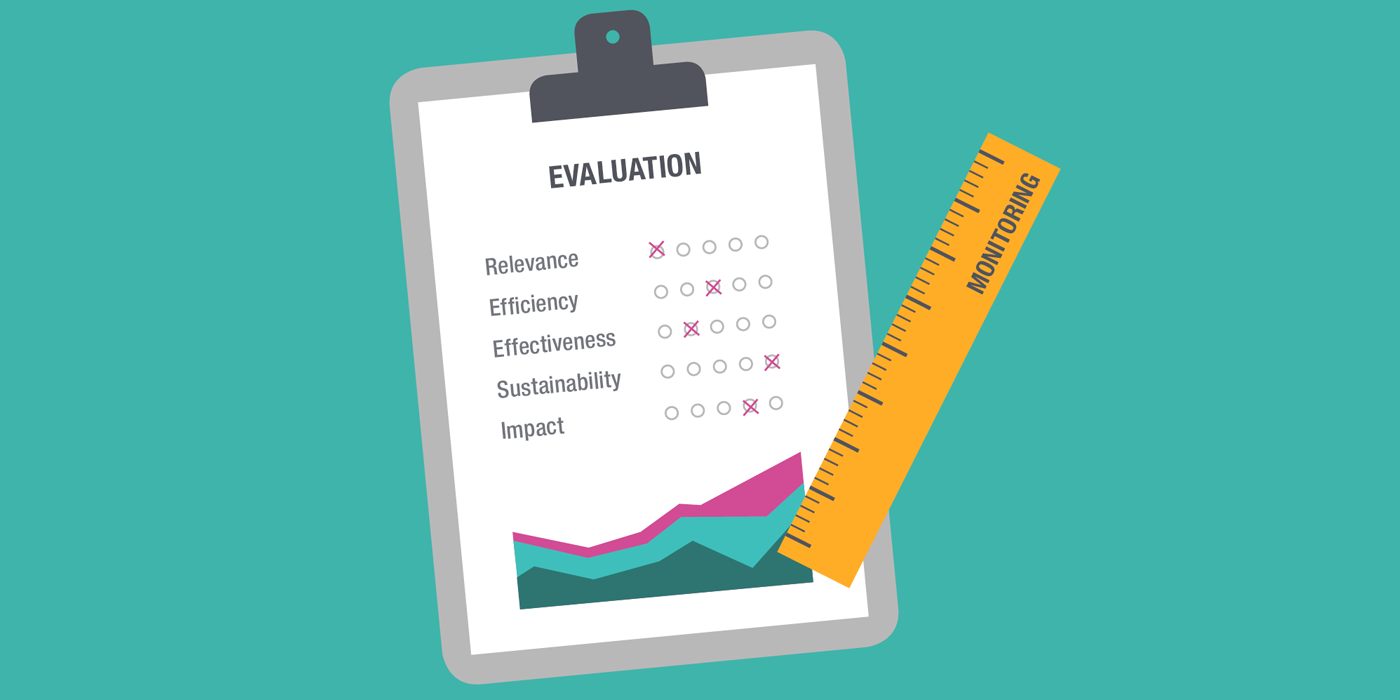
Decision-Making Checklist
To simplify your decision-making process, use this checklist:
- Do your shipments primarily consist of LCL or FCL cargo?
- Are you aiming to defer customs duties or minimize upfront payments?
- Will your goods require long-term storage or special handling like repacking or assembly?
- Do you have the resources to comply with the customs regulations associated with FTZs or bonded warehouses?
- What is your typical inventory turnover rate, and how crucial is fast throughput?
- Are cost considerations more important than operational flexibility?
- Have you evaluated the proximity of each facility type to your main transportation routes and customer markets?
By answering these questions, you can identify which facility best suits your import needs. A systematic review of these points will help mitigate risks, avoid unnecessary expenses, and ensure your chosen facility supports your current and future supply chain strategies effectively.
Keys Logistics Recommendation
Keys Logistics offers professional, scalable solutions across CFS, CY, FTZ, and Bonded Warehouse operations, supported by a strong global network in China, ASEAN, the US, and Europe. Their services include overseas warehousing, last-mile delivery, and 3PL fulfillment, ideal for managing both LCL and FCL shipments efficiently.
Expertise in FTZ and bonded warehouse compliance helps clients maximize duty deferral and streamline customs processes. With technology-driven management and end-to-end logistics, Keys Logistics reduces risks and documentation burdens. This makes them a trusted partner for businesses seeking cost-effective, compliant, and reliable import facility solutions.
Choosing the optimal CFS, CY, FTZ, or Bonded Warehouse is a strategic move that profoundly impacts your import operations. By carefully evaluating your specific needs against each facility’s capabilities, you can ensure cost efficiency, compliance, and seamless cargo flow. This informed decision-making process is vital for maximizing your supply chain’s potential and achieving long-term success in global trade.
Are you navigating the complexities of choosing the right import facility for your business? At Keys Logistics, we specialize in providing tailored logistics solutions to meet your unique needs. Whether you’re considering a Container Freight Station (CFS), Container Yard (CY), Bonded Warehouse, or Foreign Trade Zone (FTZ), our experts are here to guide you every step of the way. With comprehensive solutions and strategically located warehouses in the US, UK, and Europe, we can help streamline your import process. Contact us today to learn how Keys Logistics can enhance your logistics strategy and drive your business forward!


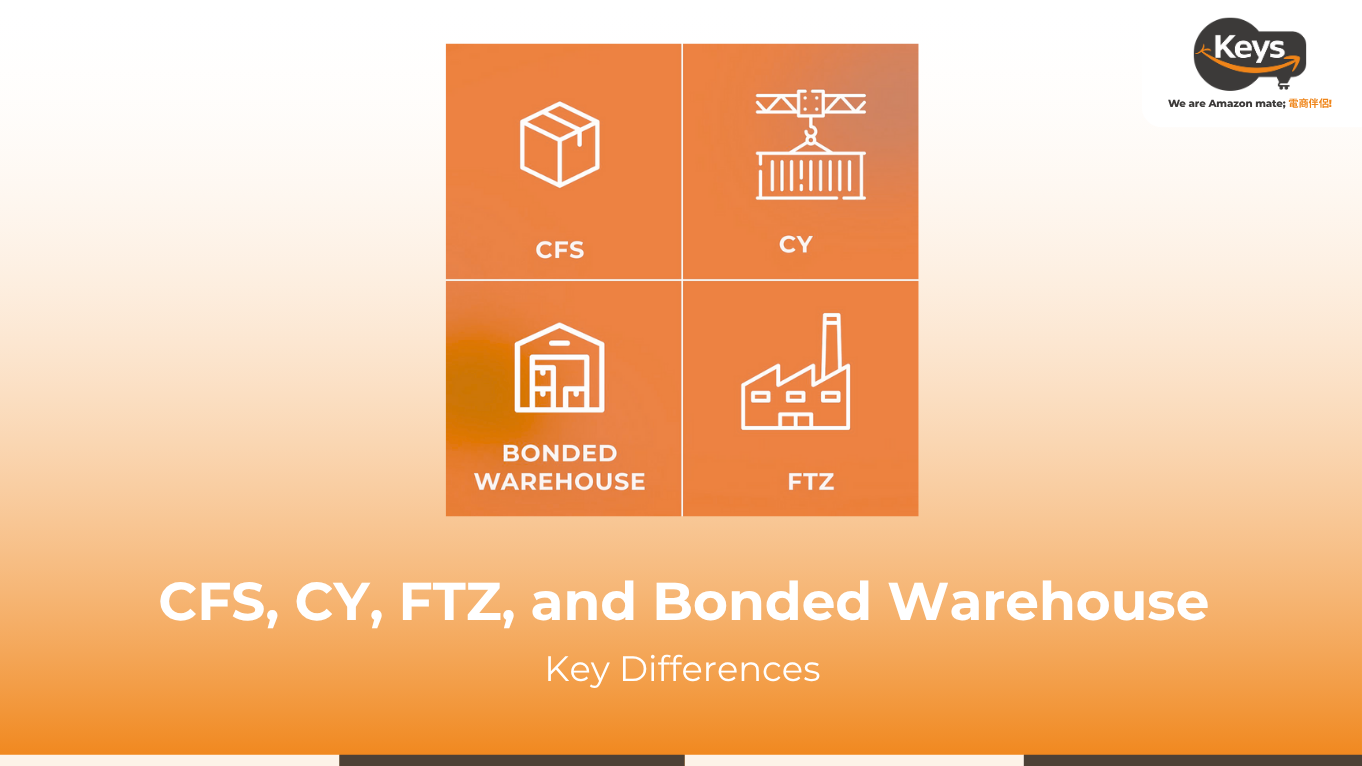
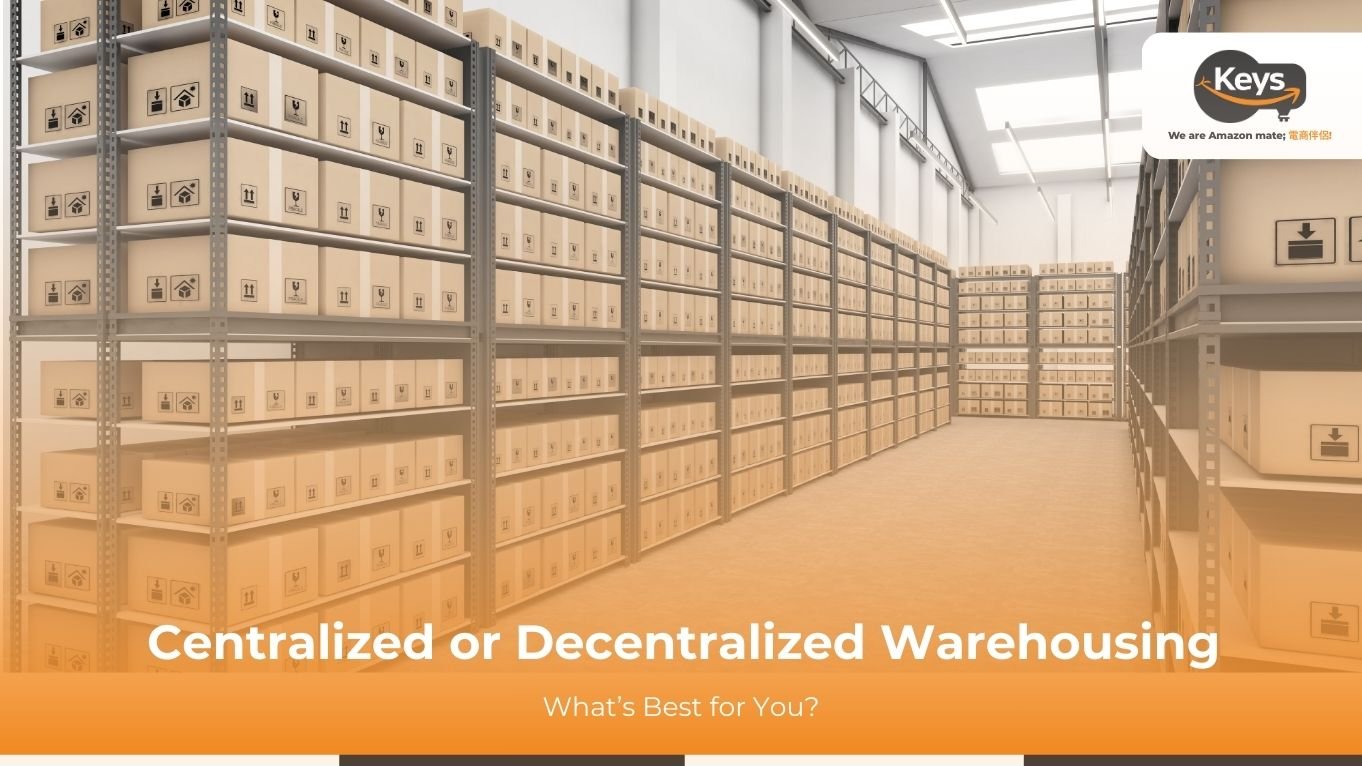
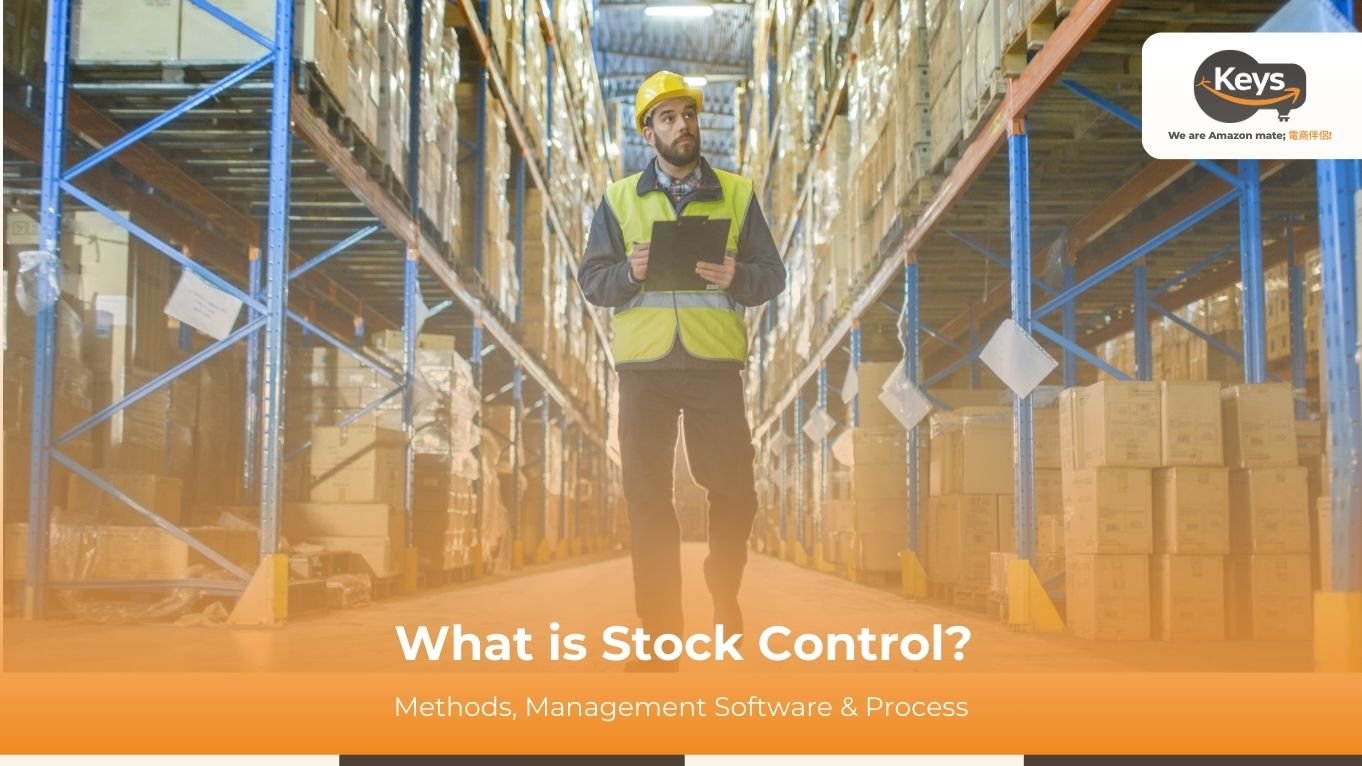
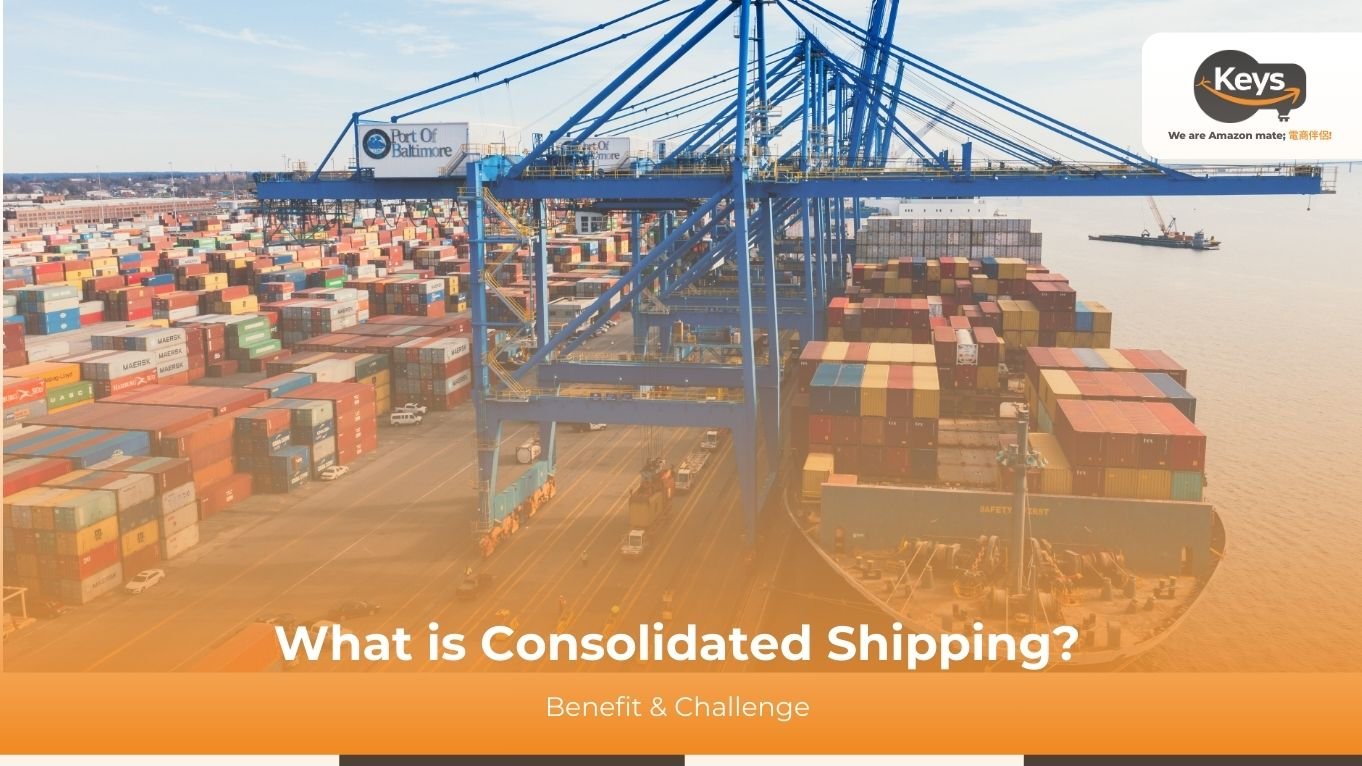
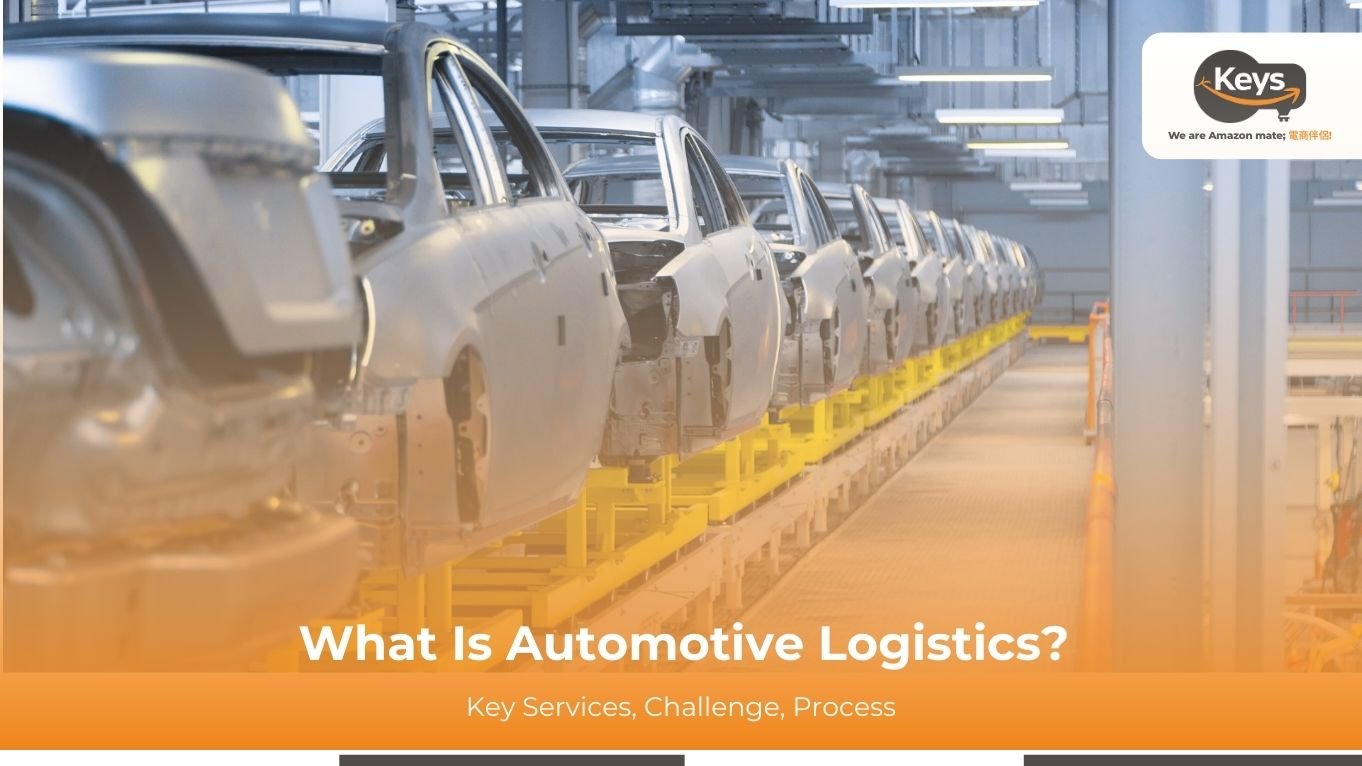
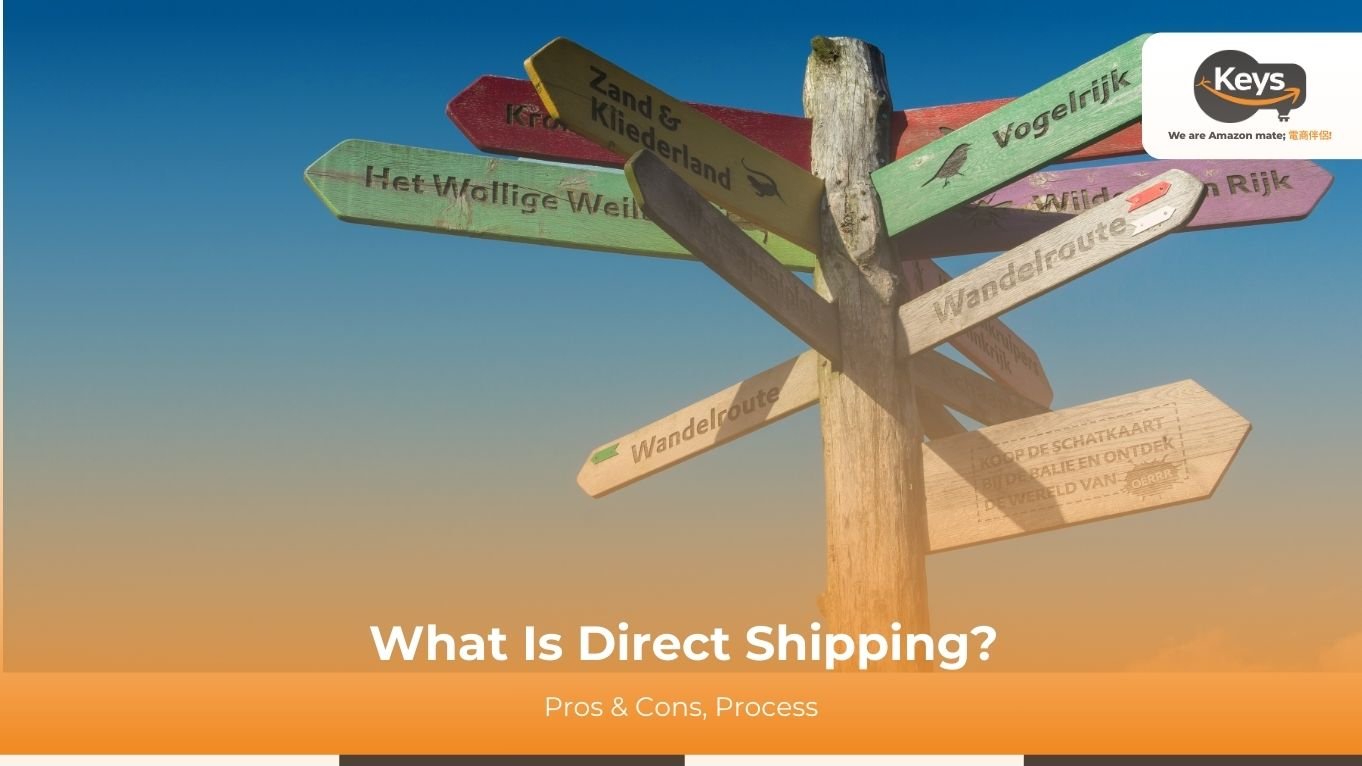
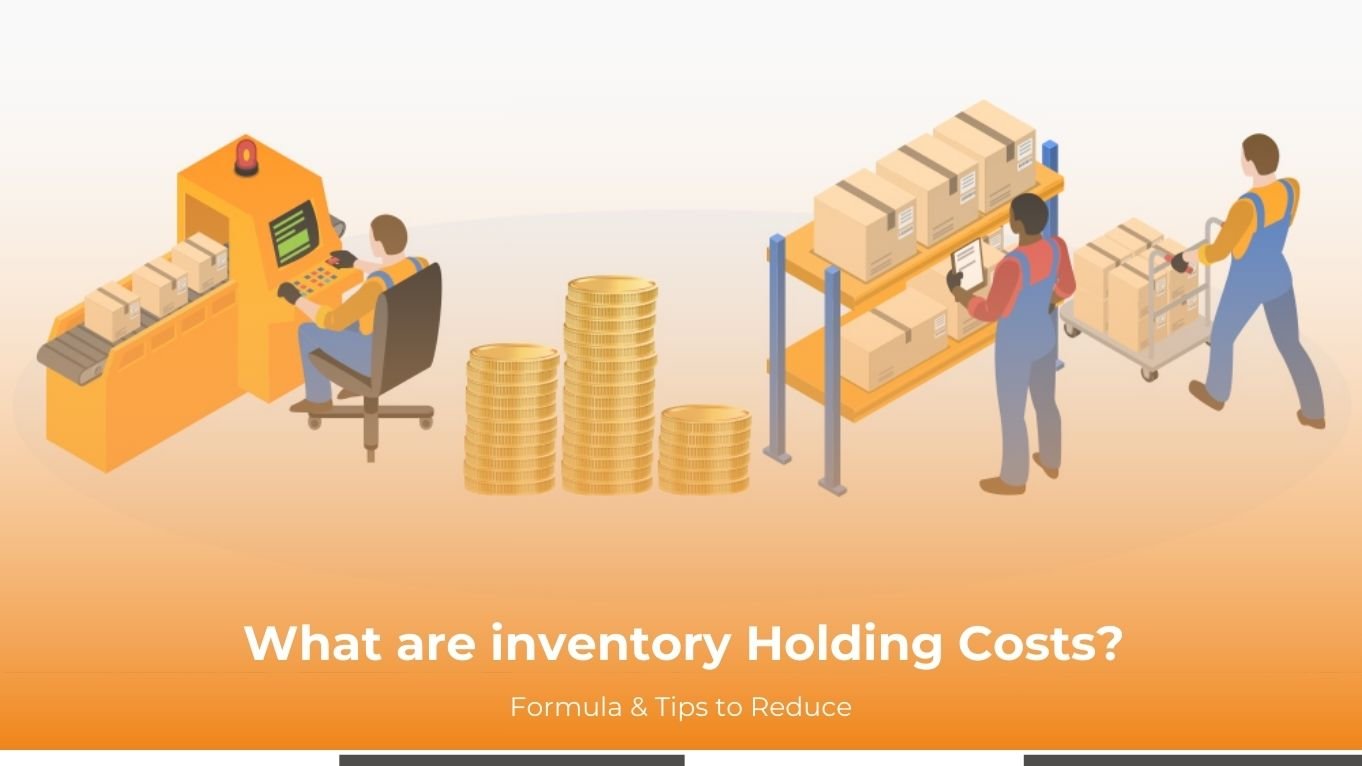
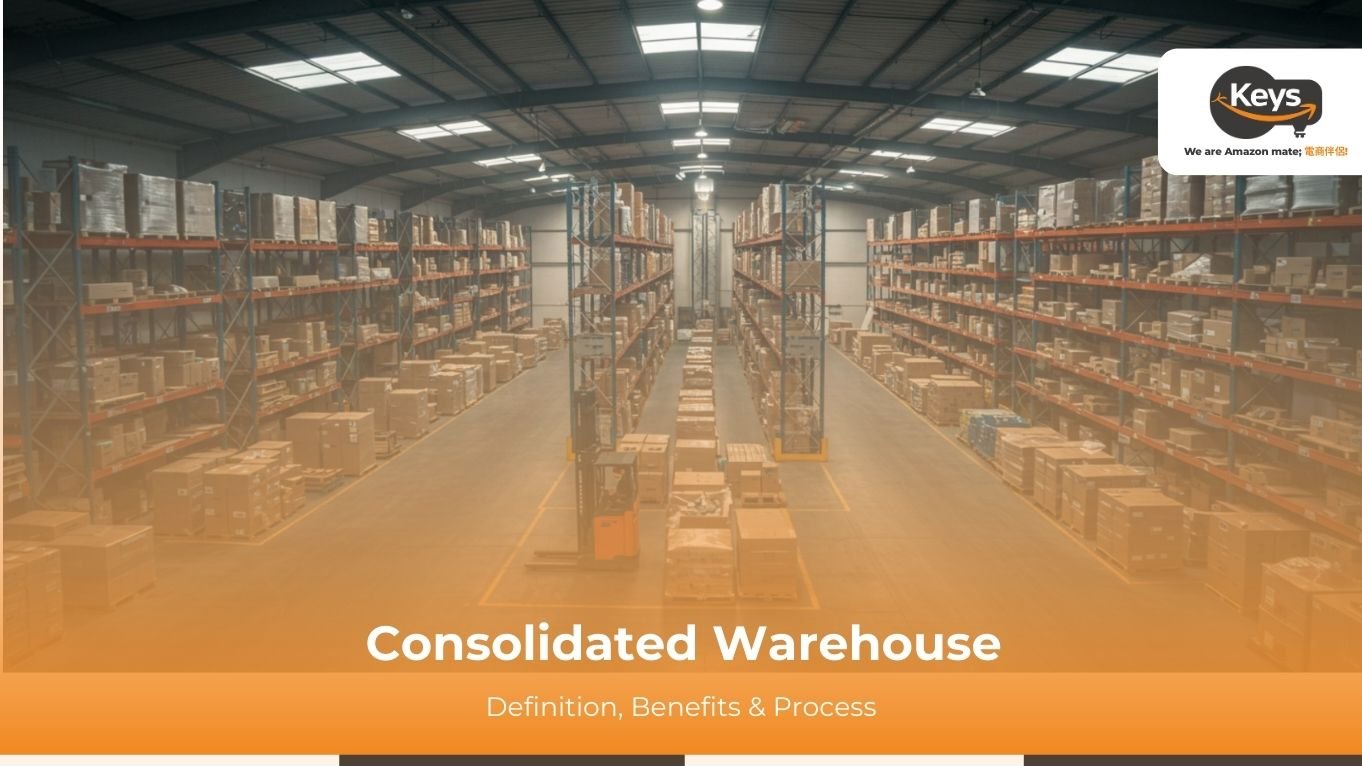
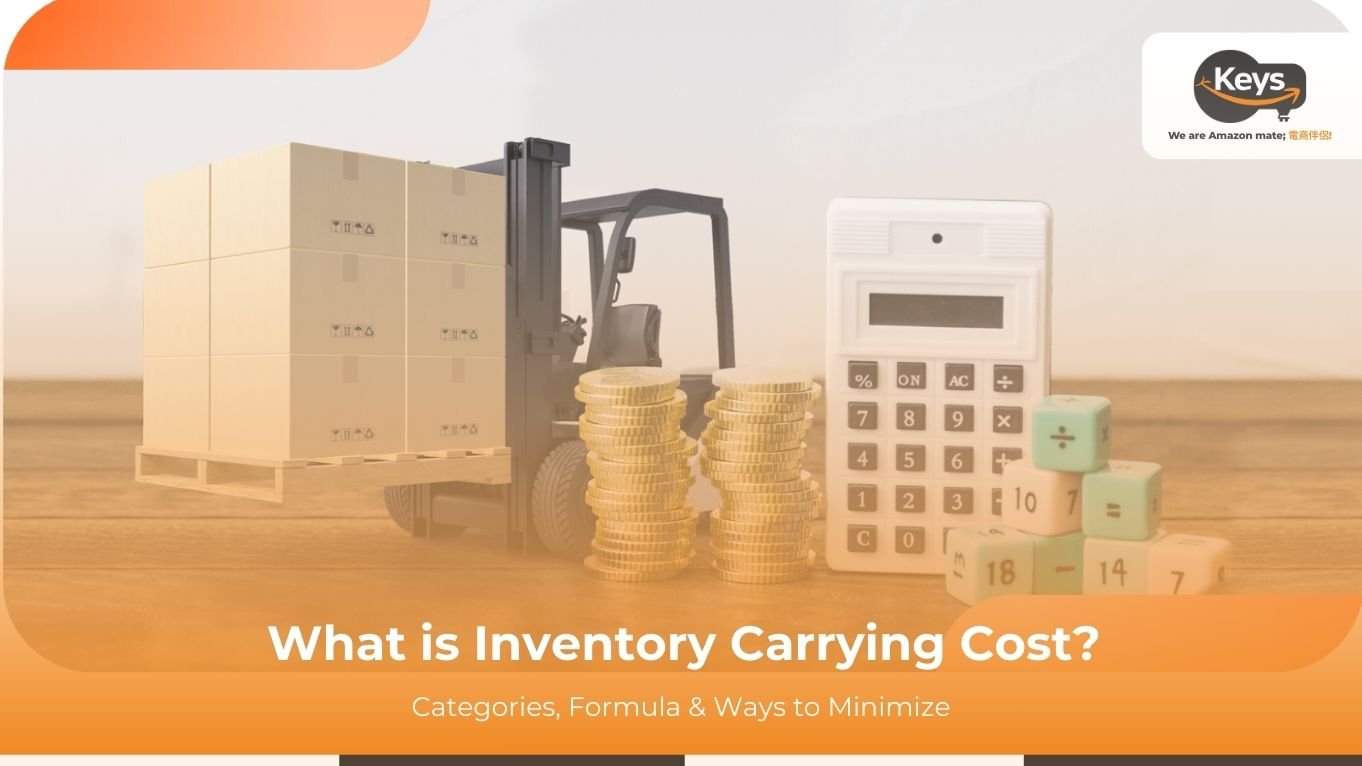

 Tiếng Việt
Tiếng Việt 中文 (中国)
中文 (中国)

